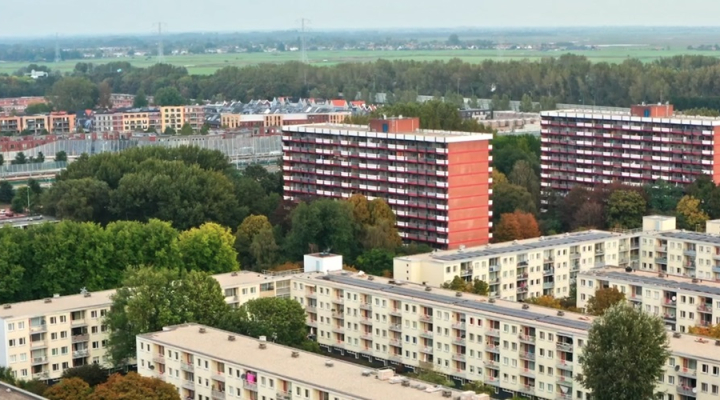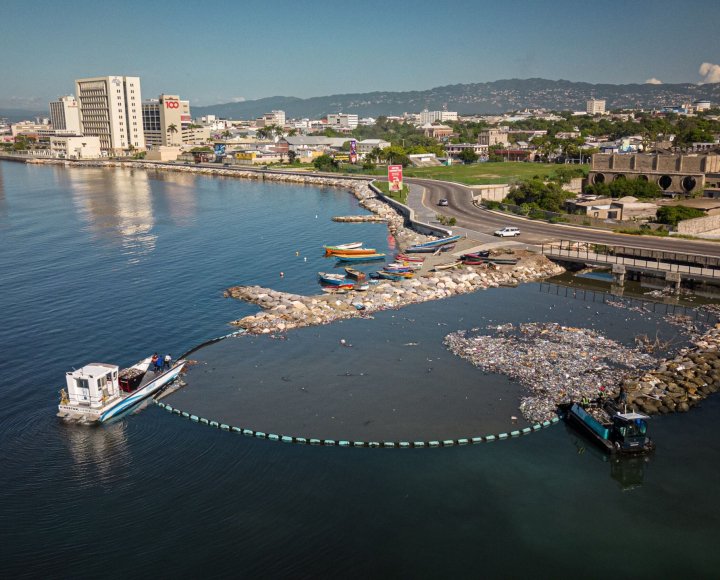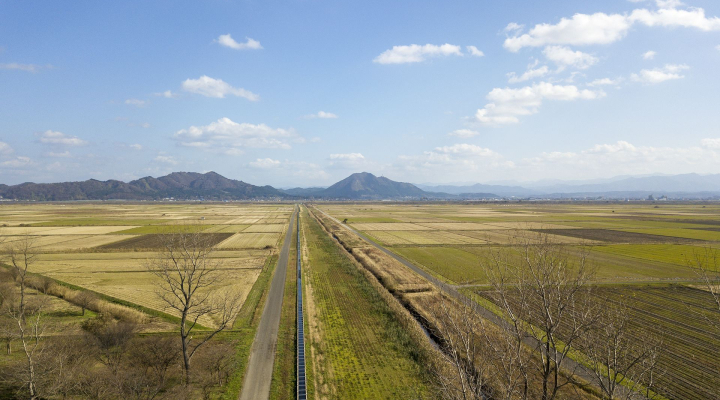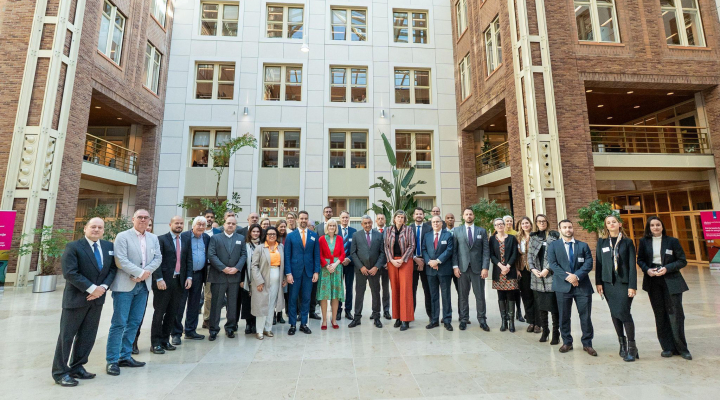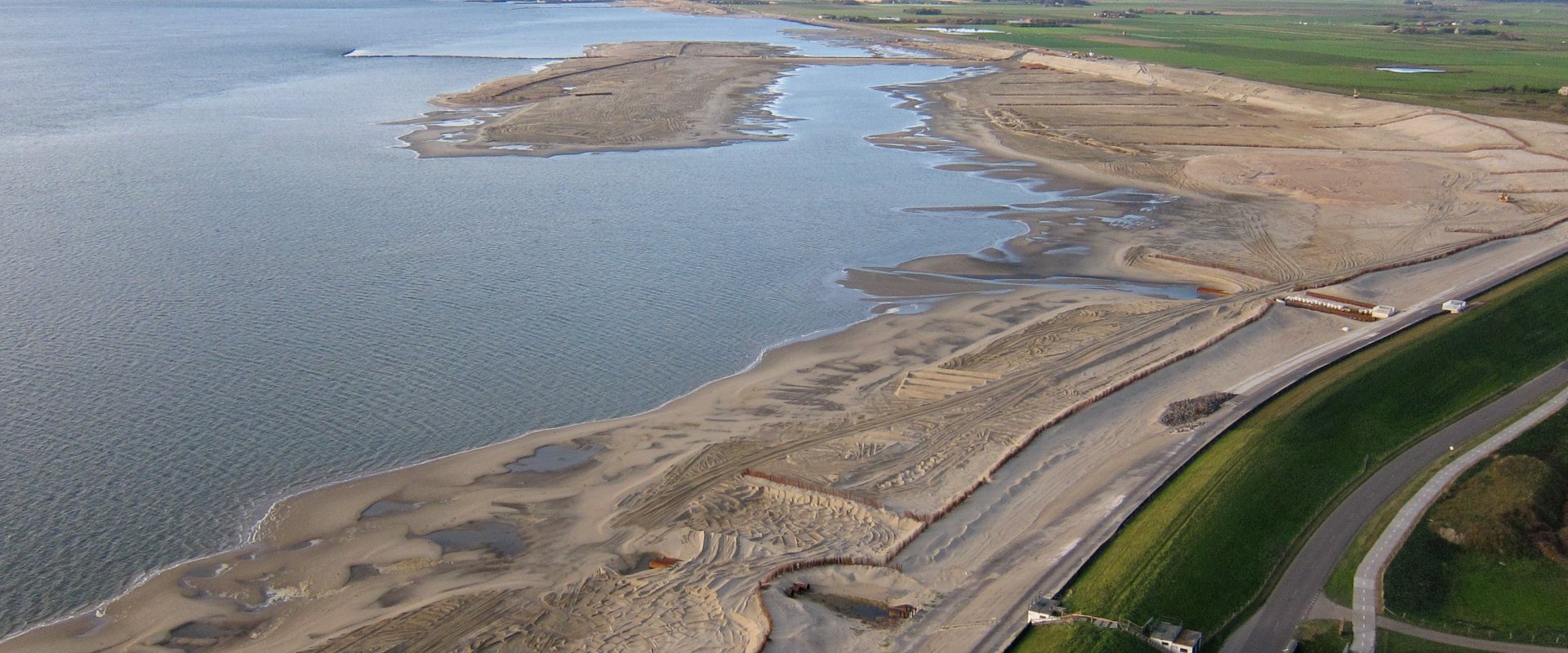
Man-made beaches to counter sea level rise
The Dutch National Research Council (NWO) has awarded University Utrecht and Delft University of technology a project grant to study the sand movements on a new man-made beach on the island of Texel, the Netherlands.
The importance of the field study is to better understand the potential of additional sand reinforcement as a robust measure to keep up with future sea level rise.
Building with nature
Sandy retrofits, where a sandy beach system is placed in front of a flood defense, are a novel engineering approach using sediment instead of stones and asphalt to guarantee coastal safety. However, the redistribution of sediment and the evolution of different sediment sizes of potential retrofits is not examined in environments which are under the influence of both strong tidal currents and waves.
To have a better understanding of the effectiveness of these sandy retrofits, the study will be carried out on a new man-made beach in front of the Prins Hendrikzanddijk. This beach was completed last year.
Seaward reinforcement
The existing sea levee required reinforcement and instead of raising its height, the national Dutch water authority Rijkswaterstaat decided not to alter the levee. Instead a beach was constructed with 5 million m3 sand in front of the levee. At high tide, the beach breaks the tidal waves.
Time has shown that the man-made beach has two advantages. First the footprint of the levee stayed the same so farmland in the hinterland was not compromised. And second on the sea side an new recreational area has been created.
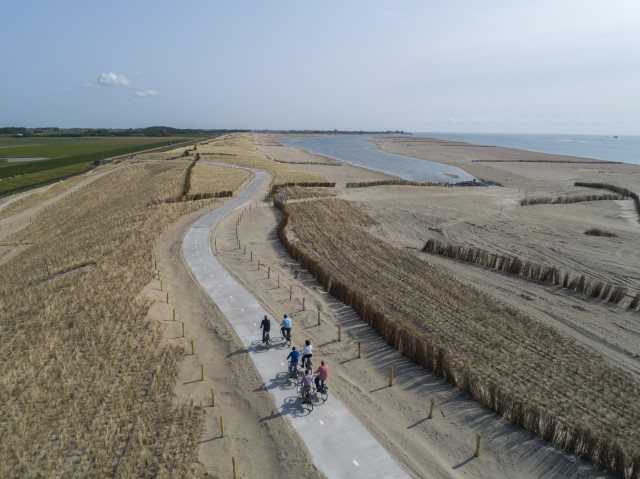

Better understanding of dynamics
The field study of the sand movements at the man-made beach, starting autumn 2020, is led by Dr. Timothy Price of the department of Physical Geography at Utrecht University and Matthieu de Schipper of the department of Hydraulic Engineering at TU Delft.
‘From the field measurements we hope to understand how and when waves and tides move the sand of the Prins Hendrikzanddijk’, Price explains. ‘By using numerical models we can then test and extend these insights to develop a more generalized understanding of man-made beach dynamics. Ultimately, our findings will allow for more effective designs of future sandy reinforcements, under various combinations of waves and tides.’




